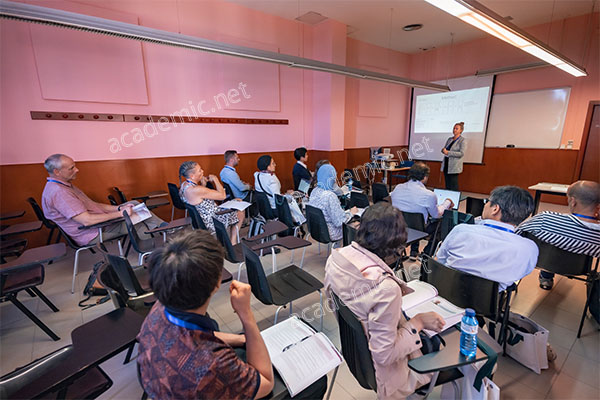How to Submit Conference Papers Successfully
Submitting a conference paper can be a significant milestone in your academic or professional career. However, the process requires careful planning and adherence to specific guidelines to ensure your work gets noticed and accepted. Follow these steps to navigate the submission process like a pro.

1. Find the Right Conference
The first step is to select a conference that aligns with your research field and goals. Use resources like academic.net to browse upcoming conferences, focusing on themes that match your work. Pay attention to the deadlines and scope outlined in their call for papers (CFP).
2. Understand the Submission Guidelines
Each conference has unique requirements for paper submissions. Carefully review the CFP for details about:
- Word or page limits
- Formatting standards (e.g., font size, margins, reference style)
- Submission categories (e.g., full papers, short papers, posters)
- Important dates
Ignoring these guidelines could lead to rejection, even if your work is excellent.
3. Write a Strong Paper
Craft a compelling paper that effectively communicates your research. Structure it as follows:
- Abstract: Summarize your research objectives, methods, and key findings in 200–300 words.
- Introduction: Provide context and explain the significance of your research problem.
- Methodology: Clearly outline how you conducted your study.
- Results and Discussion: Present your findings and their implications.
- Conclusion: Highlight the main takeaways and future research opportunities.
Ensure your paper is clear, concise, and free of grammatical errors. Proofreading and peer feedback can improve its quality.
4. Use the Conference Template
Many conferences provide a template to ensure uniform formatting. Download and use this template to avoid unnecessary revisions. Common requirements include:
- Specified fonts (e.g., Times New Roman, 12pt)
- Defined margins and spacing
- Citation styles like IEEE or APA
Templates simplify the process and demonstrate professionalism.
5. Register and Submit Online
Most conferences require paper submissions through an online portal, such as EasyChair, Microsoft CMT, or their own platform. Steps include:
- Creating an account on the portal.
- Entering paper details (title, authors, abstract, and keywords).
- Uploading your paper in the prescribed format (usually PDF).
- Confirming submission and saving the confirmation email.
Double-check all information before hitting "Submit."
6. Understand the Review Process
After submission, your paper will undergo peer review. Reviewers evaluate submissions for:
- Originality
- Relevance to the conference theme
- Technical quality
- Clarity of presentation
The feedback you receive may include acceptance, minor revisions, or rejection. Be prepared to revise your work if necessary.
7. Prepare for Acceptance
If your paper is accepted, you’ll need to:
- Address any reviewer feedback.
- Submit the final version before the deadline.
- Register for the conference (often required for at least one author).
- Plan to present your work, if applicable.
Follow all instructions from the organizers to ensure a smooth process.
8. Deliver a Compelling Presentation
If you’ll be presenting your paper, create a presentation that complements your work. Focus on clarity, visuals, and timing. Rehearse thoroughly to deliver confidently and engage your audience.
9. Network and Follow Up
Attending the conference allows you to connect with peers and gain valuable feedback. Follow up with contacts and use their insights to refine your future research.
By following these steps, you can confidently submit your conference papers and increase your chances of acceptance. For more resources and tools to simplify the submission process, visit academic.net.
